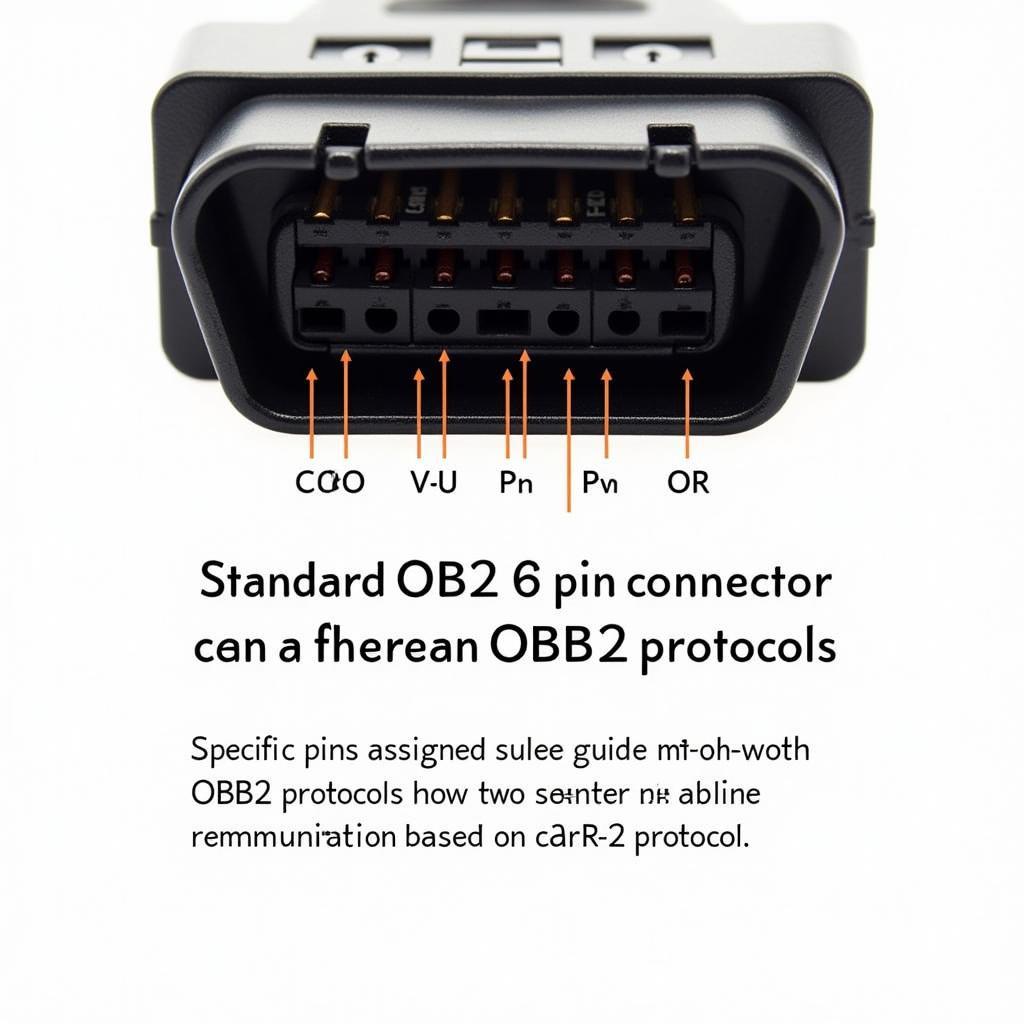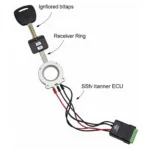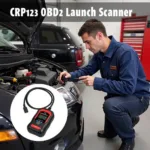Navigating the world of OBD2 scanners and their various protocols can feel overwhelming. You’re searching for “OBD2 protocols PDF” because you need a reliable resource to demystify these communication standards essential for diagnosing vehicle issues. Look no further! This comprehensive guide provides everything you need to know about OBD2 protocols, their functions, and how they empower you to unlock your vehicle’s secrets.
Diving Deep into OBD2 Protocols
OBD2, or On-Board Diagnostics, is a standardized system enabling mechanics and vehicle owners to access a treasure trove of information about a car’s health. At the heart of this system lie communication protocols – languages your OBD2 scanner uses to talk to your car’s computer. These protocols dictate how data is transmitted, interpreted, and ultimately used for diagnosis and repair.
Unraveling the Mystery: Common OBD2 Protocols
While several protocols exist, let’s shed light on the most commonly encountered ones:
-
SAE J1850 PWM (Pulse Width Modulation): Primarily found in domestic vehicles like Ford and GM models from the 1990s.
-
SAE J1850 VPW (Variable Pulse Width): Another protocol used mainly in GM vehicles.
-
ISO 9141-2: Commonly found in European and Asian vehicles, particularly older models.
-
ISO 14230-4 KWP2000 (Keyword Protocol 2000): Prevalent in vehicles manufactured after 2000, specifically from European and Asian brands.
-
ISO 15765-4 CAN (Controller Area Network): The most modern protocol, widely adopted by most vehicles manufactured after 2008.
Why Knowing Your Protocol Matters
Understanding your vehicle’s OBD2 protocol is crucial for several reasons:
-
Choosing the Right Scanner: Not all scanners support every protocol. Using the wrong scanner can lead to communication errors or inaccurate readings.
-
Efficient Troubleshooting: Knowing your protocol helps you interpret data effectively, leading to faster and more accurate diagnoses.
-
Accessing Advanced Features: Some protocols support more advanced functions like bi-directional communication, allowing you to perform specific tests and even program certain modules.
Finding Your Vehicle’s OBD2 Protocol
Locating your vehicle’s protocol is easier than you might think:
-
Check Your Owner’s Manual: This often provides information about your vehicle’s OBD2 compliance and the specific protocol used.
-
Look for a Sticker: Many vehicles have a sticker under the hood or on the driver’s side doorjamb indicating the protocol.
-
Consult Online Resources: Numerous websites and forums can help you determine your vehicle’s protocol based on its make, model, and year.
OBD2 Protocols: The Future of Vehicle Diagnostics
As technology evolves, so do OBD2 protocols. The automotive industry is shifting towards faster, more secure, and feature-rich communication standards. Understanding these evolving protocols is essential for staying ahead of the curve in vehicle diagnostics.
Conclusion
Comprehending OBD2 protocols is crucial for anyone looking to unlock the full potential of OBD2 scanners. By knowing your vehicle’s specific protocol, you can choose the right scanner, diagnose issues accurately, and access advanced features. As the automotive industry progresses, staying informed about OBD2 protocols will become increasingly important for effective vehicle maintenance and repair.


